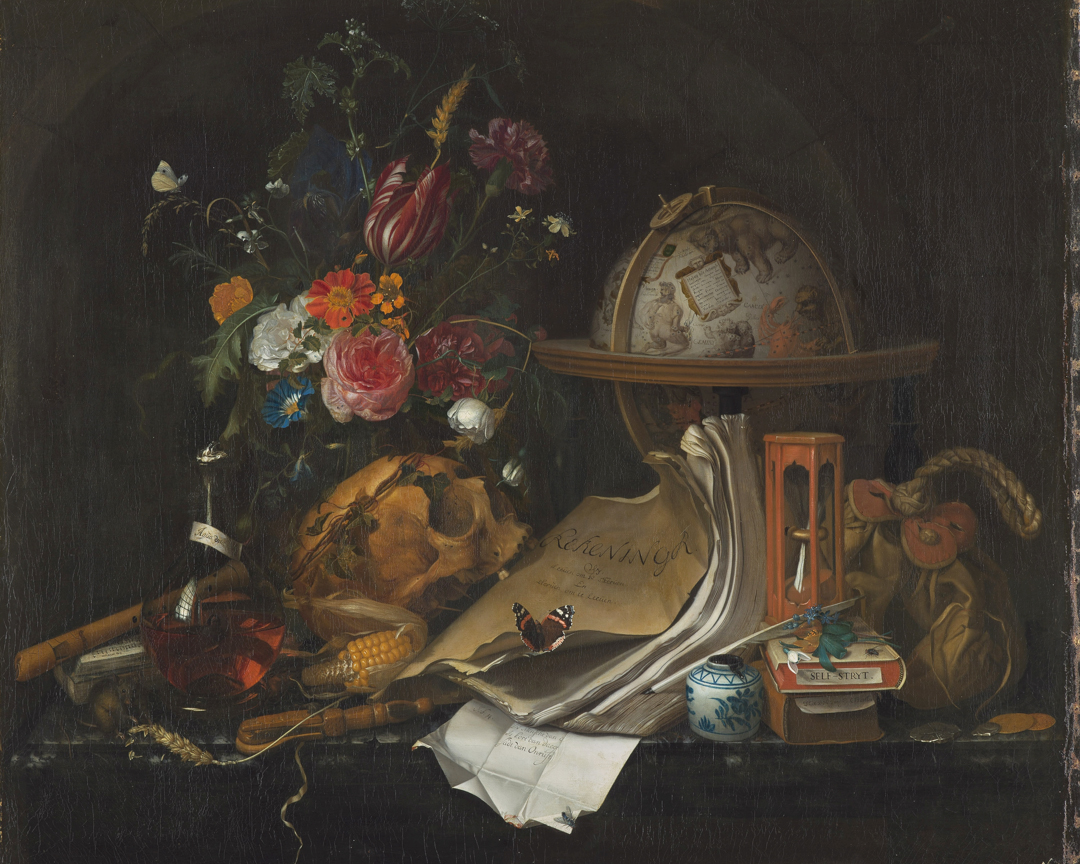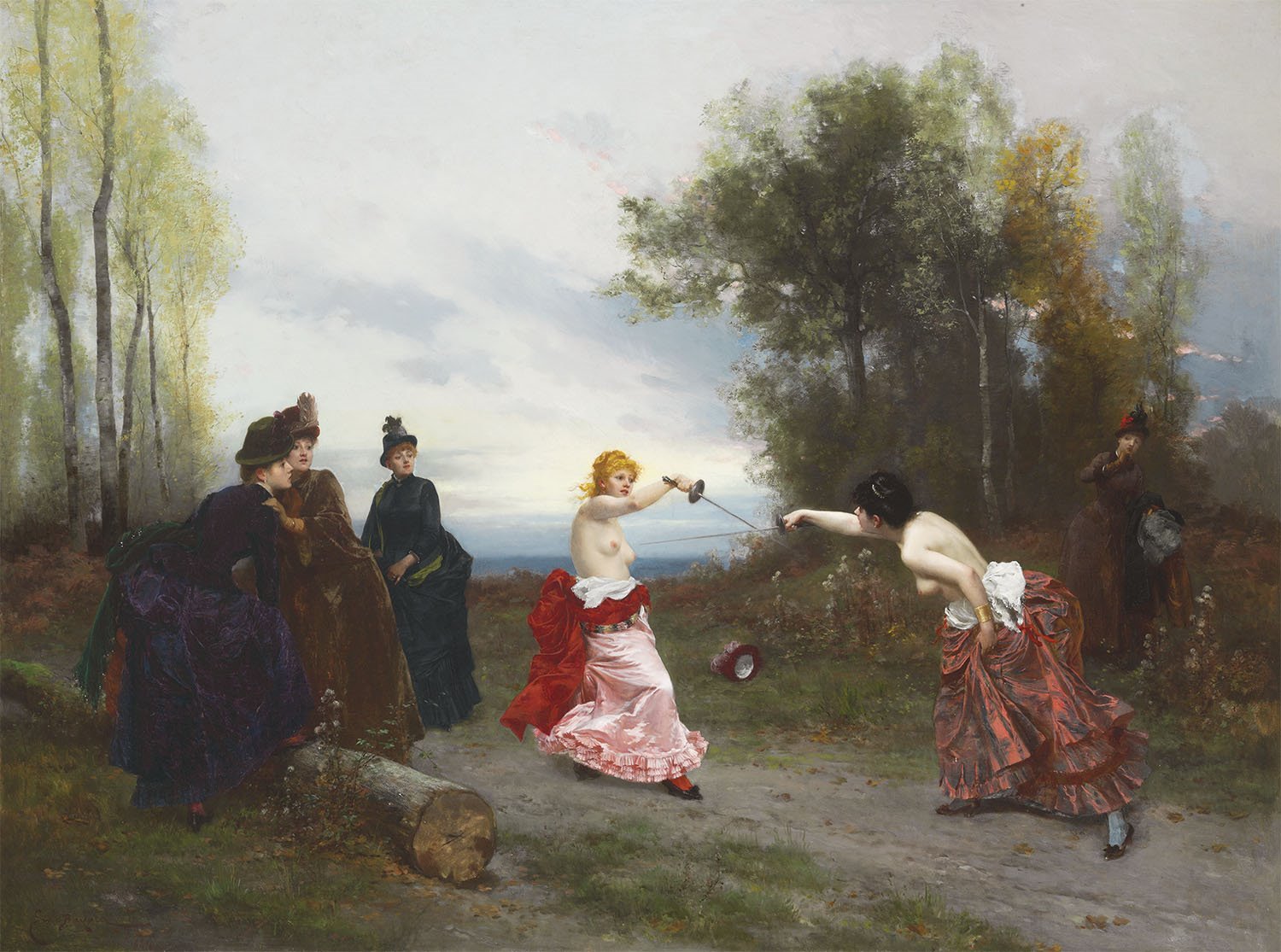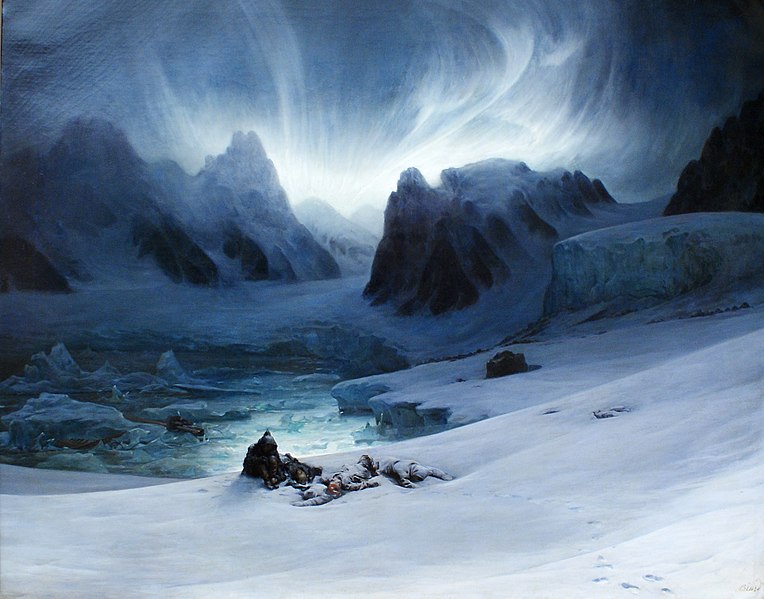
Maria von Oosterwijck, portrait painter of lovely flowers, Happy Birthday!
Maria van Oosterwijk (27.8.1630)* was a dutch still life painter and, because she was a woman, she could be counted as nearly forgotten painter – despite being a highly successful professional artist in the golden days of dutch painting. She never married and despite her very slow way of working, she became a wealthy woman by her own accord. Luckily she is now being more and more appreciated again.
Who was Maria van Oosterwijck?
She was the daughter of Jacobus van Oosterwijck (1597-1674), a minister and Adriana Lambrechts van Linschoten (1600-1636). When Maria was just six years old she lost her mother. The family moved to Voorburg where her father remarried in 1843. The interesting thing about Maria van Oosterwijk was that she was not trained as a painter by her father or a relative. She opened her first studio in around 1656 in her mother’s old house.

Rijksmuseum, Amsterdam, Netherlands
It is not quite clear where she trained up to this point but around 1660 she went to Utrecht to train with still life painter Jan Davidsz. de Heem (1606–1684) as her biographer Arnold Houbraken documented and confirmed by Nicodemus Tessin jr.
In 1666 she moved to Amsterdam to work as an assistant for Willem van Aelst, a still life painter. Around 1668 she had her first international breakthrough: She painted her “Vanitas with celestial globe” for Emperor Leopold who deeply appreciated her work. Cosimo de Medici, Jan III Sobieski, King of Poland, or William III and his wife Maria Stuart were among her clients: she became a very successful and internationally acclaimed painter who managed to accumulate her own, hard-earned wealth. Maria’s high income enabled her to live on the Keizersgracht, near Willem van Aelst.

Oil on panel | 47.4 x 36.95 cm, Queen’s Dining Room, Kensington Palace, London
The very religious painter never married. She created her last known painting in 1689 which is called “still life with flowers, insects and a shell”, was purchased by Queen Anne and which is now located in the Kensington Palace.

She retired at age 60, sold most of her work and moved back in with family. She died only three years later, at 63.
Painting flowers in the 17th century was not as easy as you may imagine. Theoretically today we are able to go and order every flower we fancy. It would arrive the next day. You could arrange them, snap a photo and paint them while having all the time in the world. But back in the 17th century it was not so easy. Rare flowers were extremely expensive, hard to come by and would wilt in no time. So she did what most of her colleagues did: She went to the botanical gardens and made sketches and watercolours of the flowers in the gardens. Later, she would transfer them to oil and canvas, often adding butterflies, small insects, fruit, or even herself, as a mere reflection in glasses and vases. She was a very slow and meticulous and precise painter which is the reason why she did not leave a vast oeuvre behind.

Also, flower paintings in the 17th century were not as trivial as they might be seen today but were often vanitas still lifes, charged with additional meaning: frequently they contained allegorical meaning. The central themes were the contrast between transience and the abundance of life.

So, Happy Birthday, dear Maria van Osterwijk. I like to think that it would make her happy that her work and her accomplishments become more and more recognized after being nearly forgotten for centuries.
*it is not completely clear which date she was born. I found sources with 20.08.1630 and other ones with 27.08.1630. So I decided on the 27th.


